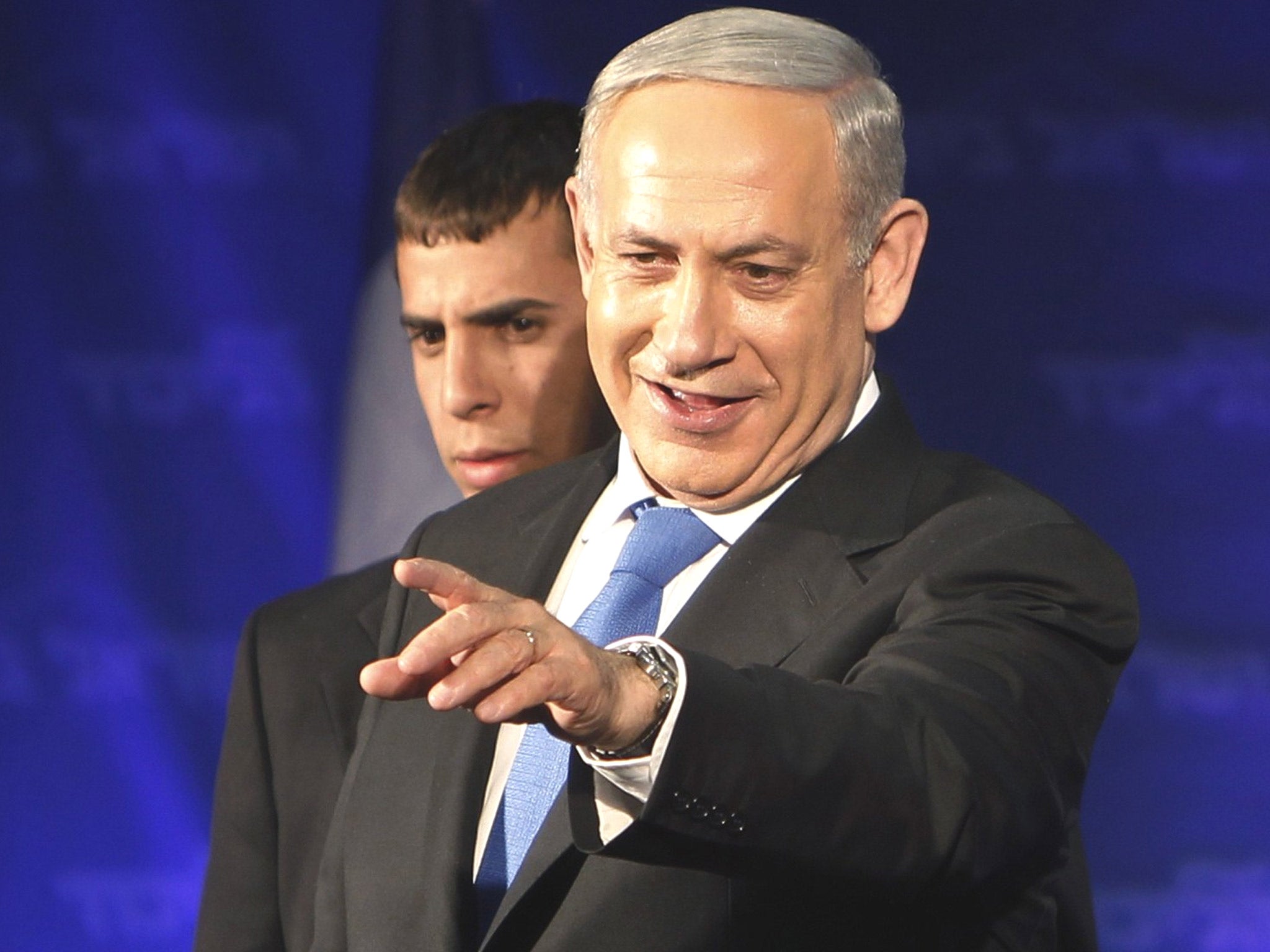Scarfe's cartoon for the Sunday Times may have been unpleasant, but was it really anti-Semitic?
Our writer and the comment editor for The Jewish Chronicle weighs in on the controversy surrounding the World Holocaust Day cartoon

Your support helps us to tell the story
From reproductive rights to climate change to Big Tech, The Independent is on the ground when the story is developing. Whether it's investigating the financials of Elon Musk's pro-Trump PAC or producing our latest documentary, 'The A Word', which shines a light on the American women fighting for reproductive rights, we know how important it is to parse out the facts from the messaging.
At such a critical moment in US history, we need reporters on the ground. Your donation allows us to keep sending journalists to speak to both sides of the story.
The Independent is trusted by Americans across the entire political spectrum. And unlike many other quality news outlets, we choose not to lock Americans out of our reporting and analysis with paywalls. We believe quality journalism should be available to everyone, paid for by those who can afford it.
Your support makes all the difference.What is anti-Semitic is always unpleasant, but what is unpleasant is not always anti-Semitic. That was my take on Gerald Scarfe’s now infamous cartoon, depicting the Israeli Prime Minister wielding a bloodied knife over a wall dripping with blood and crushing presumably Palestinian victims between the cracks.
The image, published in the Sunday Times, would have put me off my breakfast, had I been reading the paper over breakfast. As political cartoons go, it’s not much for subtlety; the clear message is that the Israeli leader is an obstacle to peace and responsible for vast amounts of Palestinian bloodshed.
Now I’m no cheerleader for Netanyahu. In my view his continued support for settlement construction is obstructive and worrying, and my hope is that he will form a more moderate and peace-seeking coalition going forward. But you don’t need to be a Phd student of the history of the Middle East and the ongoing conflict between Israel and its Palestinian neighbours to know that the situation is just a little more complex than Mr Scarfe’s cartoon would have us believe.
If nothing else, the imagery of the cartoon – a wall cemented by Palestinian blood – is profoundly offensive, given that Israel’s controversial security wall (or fence, as much of it actually is) was built not to keep Palestinians as victims but to stem the tide of suicide bombers intent on causing mass bloodshed in Israel.
But antisemitic? Much of the commentary and discussion about the cartoon has been over its supposed association with the ancient blood libel against Jews; whereby Jews were accused of killing Christians to use their blood for religious rituals at festivals. Perhaps the most famous example of a blood libel occurred in thirteenth century Lincoln, when 18 Jews were hanged after being falsely accused of the murder of a local boy. So it’s not exactly baffling that a depiction of flowing blood, next to cartoons of innocent people being attacked by the leader of the Jewish state, might raise eyebrows among anyone with a basic awareness of history.
Still, plenty of historic bloodshed has had nothing to do with Jews, and cartoonists like Scarfe are known for pushing the boundaries of taste. Scarfe’s drawing, while undeniably unpleasant – and hardly a nuanced depiction of the political reality (where is Hamas in this picture?) – is not to my mind antisemitic.
The problem is the timing; publishing a cartoon castigating the Israeli Prime Minister on the one day the world has set aside to remember the Holocaust and its six million Jewish victims hardly screams of sensitivity. Scarfe may well not have known when the cartoon would appear, as he has claimed, but the editor could not have been blind to the date – after all, the paper’s explanation of the inclusion points to a feature criticising Holocaust-denier David Irving in the magazine of the same issue.
The point is that the Holocaust still means something. It is not just another news story, one tragedy among many, destined to become nothing more than tomorrow’s fish and chip wrapping.
The Holocaust signifies humanity at its worst. It is not just a word, not just a useful comparison. It is millions of men, women and children shorn of all dignity, starved, denigrated and slaughtered. It is the brutal and systematic murder of millions, the persecution of an entire people for no reason other than their religion.
And it is still in living memory for a good proportion of the population. For many of those objecting to the cartoon today, it is the tragedy of those ancestors they never met, the grandparents and relatives who were gassed at Birkenau or lined up for slaughter at Auschwitz, the friends and loved ones who did not make it out alive.
And the day, the one day of the year, on which we recognise that and pledge for it never to be repeated is not just a convenient news hook, something for cartoonists or ignorant MPs to use as a peg for a point about the political situation in Israel or anything else.
When we allow a day of memorial for the victims of genocide to become a political tool, something has gone wrong. I do not believe the Sunday Times is in any way antisemitic, or that Gerald Scarfe is. But the cartoon is still deeply, deeply unpleasant.
Join our commenting forum
Join thought-provoking conversations, follow other Independent readers and see their replies
0Comments